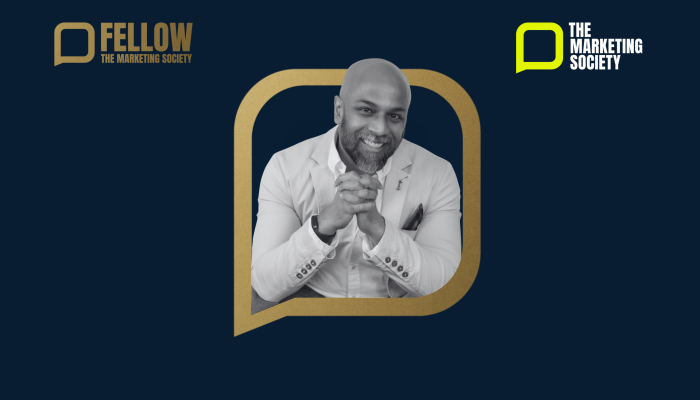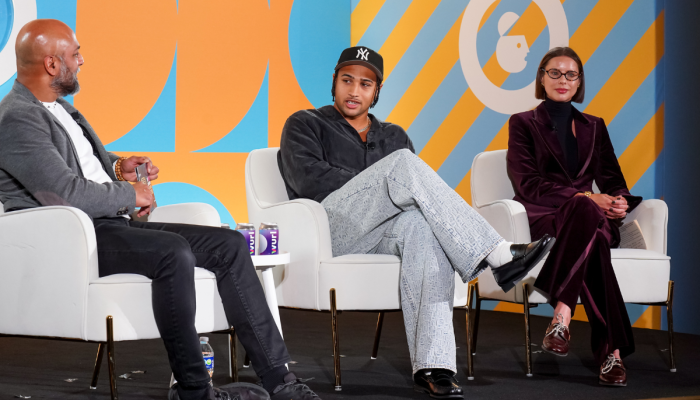In 1954, two linguistics researchers, Lenberg and Brown, ran an experiment on German and Japanese students. They asked them to distinguish between different colours in a quick-fire test. Time and again, the Japanese made more mistakes than the Germans - but only when differentiating between blue and green. Why?
It wasn’t because of a lack of attention to detail. In other tasks, both nationalities were equally diligent. Obviously, it wasn’t because of any anatomical differences between the Japanese and German eyes. It was because they spoke different languages. The German language treats blue and green as two different colours. But in Japanese, they’re shades of the same colour. Without a concept in their language to distinguish between the colours, the Japanese minds couldn’t either.
So, language isn’t just words. Language is the ‘stuff of thought’ and can shape our reality even more than our lived experience. Surely this is good news for brand owners, then, as we deal with the fall out from the shitshow that was 2020? Why bother doing anything about Diversity and Inclusion? Why not just talk differently about it? Surely language will paste over the cracks, nicely?
Why do anything more than Coke did to fight climate change - just give away a few of your own PR-ready cans labelled as a tribute to the heroes?
As someone who makes a living from advising brand owners on language’s superpowers and their brand’s tone of voice, I might be expected to buy into all that. But 2020 has been such a Royal Deluxe XXL shitshow that brand owners will no longer be able to pretend they’re sitting on the sidelines watching the play: from now on they’ll be called out more often and more ardently for their role in the game. And while we can pretend that a nifty bit of writing on a pack is just some fun marketing, come the cold morning of November 4th, we’ll all see that language can lead to broken bones just as much as sticks and stones.
‘Politics is downstream from culture’ as Washington now knows. And it’s language which keeps culture watertight as it floats downstream.
Language, then, doesn’t just shape reality, it creates it. And responsible brand owners have to start taking responsibility for the reality that their brand language is creating. You might think you’ve done your bit by rendering your brand language gender-neutral (you have, haven’t you?) - but do you still have a ‘Chairman’? Your answer shouldn’t depend on the gender of your most senior executive. You might think that you speak equality, but would you have picked up on the micro-discrimination in the Vice-Presidential debate between ‘Vice President Pence’ and ‘Kamala Harris’? (Read the brilliant Professor Cameron’s DebUK blog for more on the de-titling of women and the ‘gender respect gap’.)
For 8 months, we’ve referred to our NHS workers as heroes. But did you stop to ask them whether they’d like to be called that? Many don’t want to be seen as heroes: responsible for pulling off miracles with just a cape for help. If you’re deciding what someone’s called, you’re deciding how they’re viewed.
And what about how you let rip with language to blow off a bit of steam at work?
Of course, it’s just occasionally. When the situation demands it. And it’s only language. If that’s you, then you’re gonna get called on it, just as the Co-Founder of $1.5b luggage start up AWAY did recently. (Read Stephen Bonsignore’s blog, of brand communications strategy agency SDB, for more on that delightful story.)
Language remains the quickest, most powerful, most malleable tool that a marketing person can use. Ask John Schoolcraft of Oat.ly. And if you think different, you can create a distinctive tone of voice that creates a reality with your brand at its centre. Strive to create a brand voice that’s distinctly true to your values and you won’t just engage the world, you’ll attract more people like you from all over the world to come and work with you- just we did, when we helped shape the tone of voice for a little place called X: Alphabet’s ‘Moonshot Factory’ at the heart of Silicon Valley.
People crave language that helps them make sense of the new or unknown.
You can see it’s true in any great gallery, where someone will be transfixed momentarily by a piece of great art, only to bend down and spend more time reading the explanation on the little plaque next to it. It’s equally true in the supermarket, where you’ll see someone pull an interestingly designed new bottle off the shelf – and turn it around to read its story off the back.
Language is a slippery thing – doing its work without us even noticing. But it works everywhere inside and outside a company, and it’s at work all the time. It’s time that everyone in a position of responsibility at a brand stopped for just one hour to look at their language, what it’s really saying and the effect it’s having – and if it’s not right, change it. If they don’t do it now, then someone will do it for them in 2021.
This article came from issue 9 of Marketing Society publication Empower. Read the archive here.



